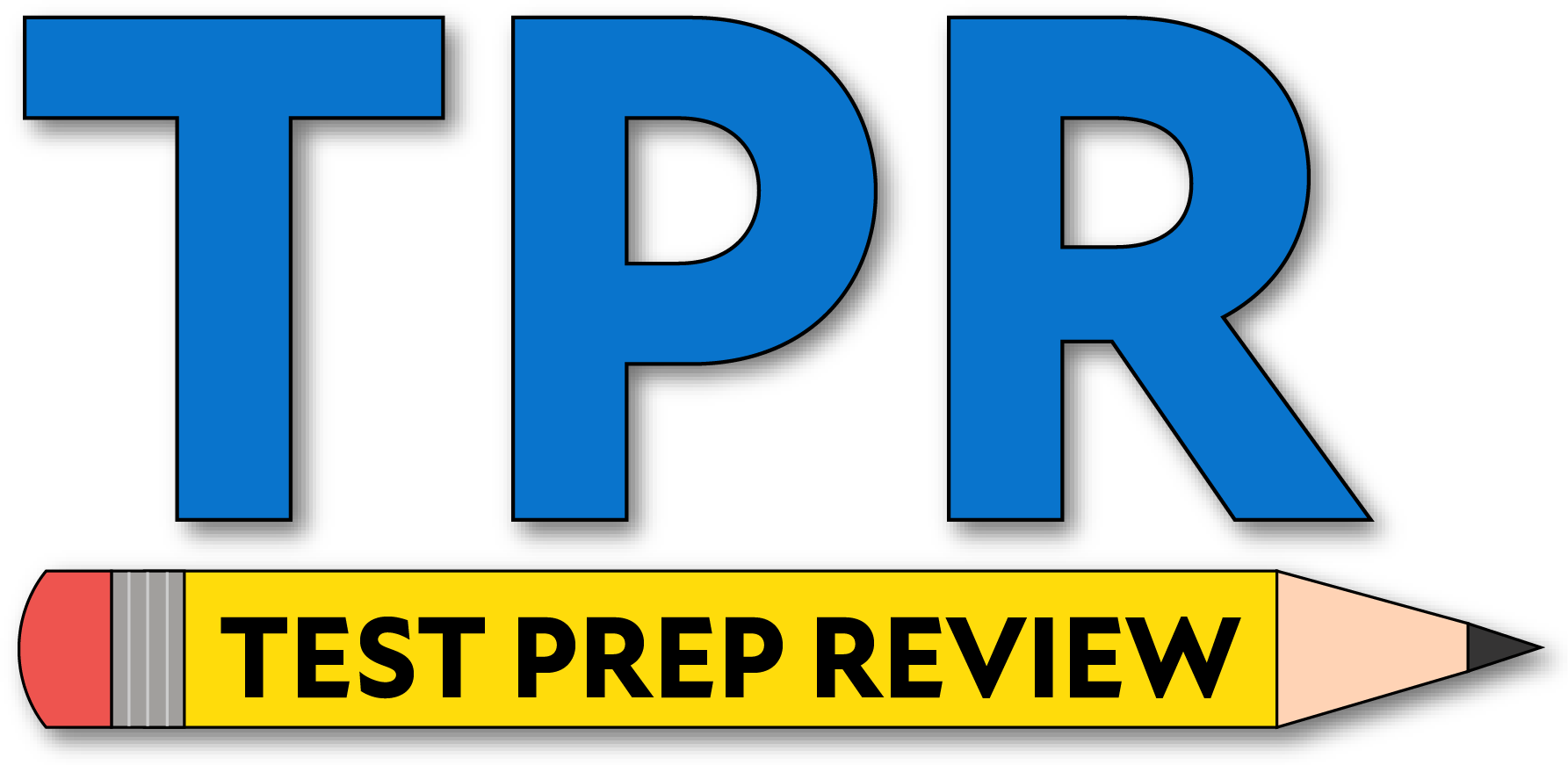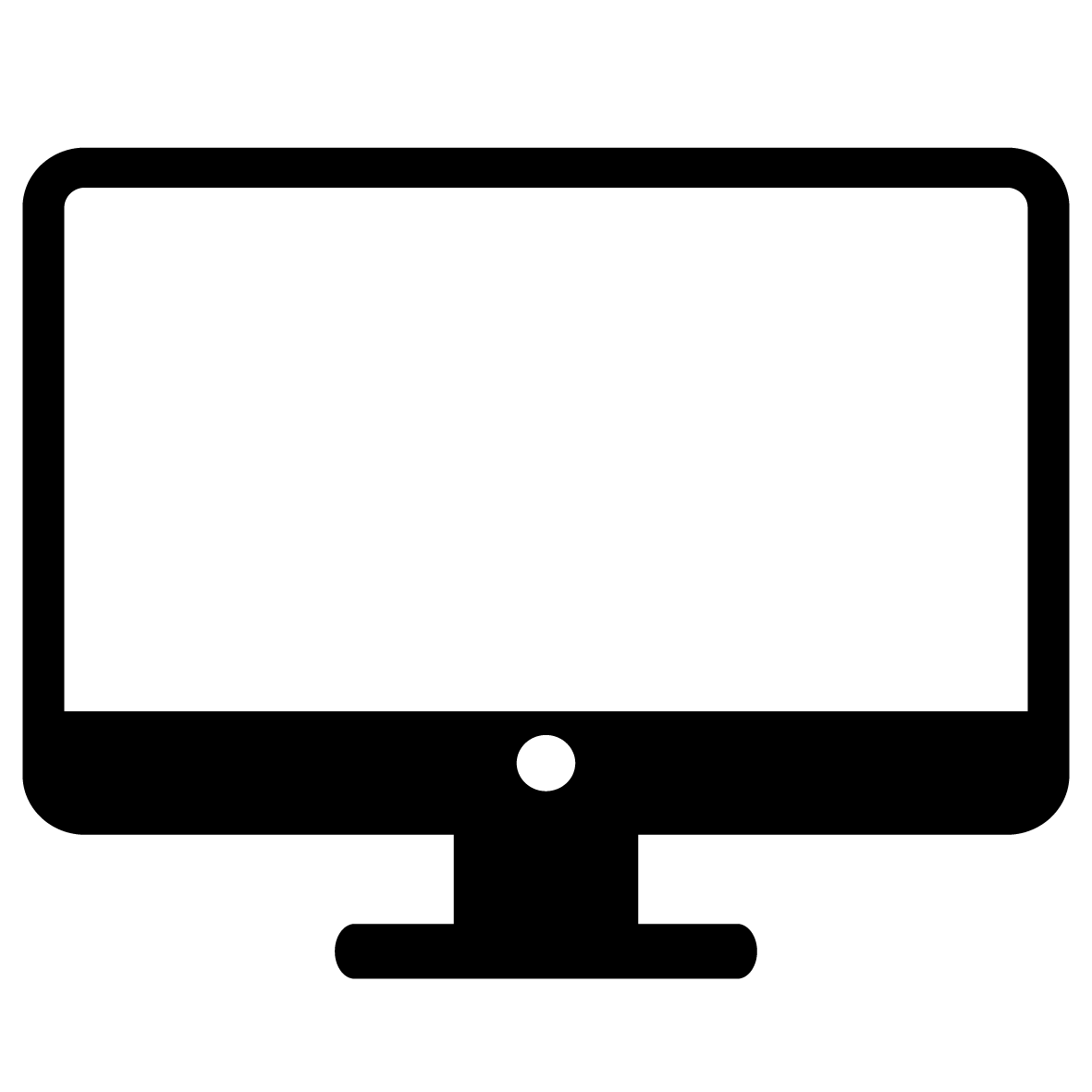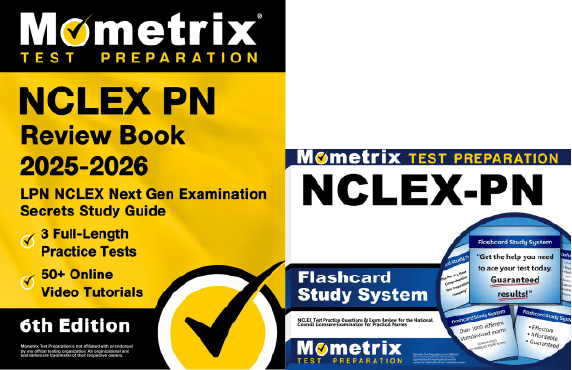If you need help studying for the NCLEX-PN exam or just want some more information about what the test is like, you’ve come to the right place.
Click below to take a free NCLEX-PN practice test!
What’s on the Exam?
First, let’s talk about the questions on the exam. There are 150 multiple-choice questions total, but only 135 of the questions will count toward your score. Why is that?
The 15 unscored questions on the exam are called “pretest” questions. These are added to the exam to determine if they’re good enough questions to add to future versions of the test.
The trick is that you won’t have any way of knowing which questions are scored and which ones are pretest. They will appear just like the scored questions throughout the test.
If you answer fewer than that, you will not be eligible to pass, even if your answers were correct.
Let’s take a closer look at the different sections of the NCLEX-PN exam.
1. Coordinated Care
18%-24% of the exam
- Providing information about advance directives
- Advocating for client rights and needs
- Assigning client care to appropriate personnel
- Participating in updating the client’s plan of care
- Maintaining client confidentiality
- Following up with the client after discharge
- Organizing and prioritizing care based on client needs
- Practicing according to the nursing code of ethics
- Participating in the client consent process
- Recognizing limitations and seeking assistance when needed
- Responding to unsafe practices by health care providers
- Following regulations for reporting mandatory issues
- Providing care within the legal scope of practice
2. Safety and Infection Control
10%-16% of the exam
- Identifying client allergies and intervening as appropriate
- Verifying the identity of the client
- Assisting in and reinforcing education to the client about safety precautions
- Using transfer assistive devices
- Evaluating the appropriateness of the health care provider’s order for the client
- Participating in preparation for internal and external disasters
- Using safe client handling techniques
- Identifying and addressing unsafe conditions in health care and home environments
- Following protocol for timed client monitoring
- Implementing least restrictive restraints or seclusion
- Acknowledging and documenting practice error
- Assuring availability and safe functioning of client care equipment
- Initiating and participating in security alerts
- Applying principles of infection control
3. Health Promotion and Maintenance
6%-12% of the exam
- Providing care that meets the needs of clients from birth through 2 years old
- Providing care that meets the needs of clients ages 3 through 17 years
- Providing care that meets the needs of adult clients ages 18 through 64 years
- Providing care that meets the needs of older adult clients ages 65 and over
- Assisting with care for the antepartum client
- Monitoring a client in labor
- Monitoring recovery of stable postpartum clients
- Collecting data for health history
- Collecting baseline physical data
- Comparing clients to developmental milestones
- Assisting clients with expected life transitions
- Identifying clients in need of immunizations
- Participating in health screening or health promotion programs
4. Psychosocial Integrity
9%-15% of the exam
- Reinforcing education to caregivers and family on managing clients with behavioral disorders
- Incorporating behavioral management techniques when caring for clients
- Collecting data regarding client psychosocial functioning
- Identifying client use of effective and ineffective coping mechanisms
- Recognizing stressors that affect client care
- Assisting clients in coping with or adapting to stressful events and health changes
- Collecting data on a client’s potential for violence to self or others
- Assisting in managing the care of angry or agitated clients
- Planning care with consideration of client spiritual, cultural, and gender identity
- Providing end-of-life care and education to clients
- Identifying signs and symptoms of substance abuse or withdrawal
- Providing emotional support to clients
- Using therapeutic communication techniques with clients
5. Basic Care and Comfort
7%-13% of the exam
- Providing care to clients with bowel or bladder management protocols
- Performing irrigation
- Providing for mobility needs
- Using measures to maintain or improve client skin integrity
- Providing care to immobilized clients based on need
- Assisting in the care of clients with visual or hearing impairments
- Promoting alternative or complementary therapies in client care
- Providing non-pharmacological pain relief measures
- Evaluating pain using standardized rating scales
- Monitoring and providing for clients’ nutritional needs
- Monitoring client intake and output
- Assisting with activities of daily living
- Providing measures to promote sleep and rest
6. Pharmacological Therapies
10%-16% of the exam
- Performing calculations needed for medication administration
- Reinforcing education to clients regarding medications
- Evaluating client response to medications
- Following the rights of medication administration
- Maintaining medication safety practices
- Reconciling and maintaining medication lists or administration records
- Collecting required data prior to medication administration
- Administering medication by oral route
- Administering intravenous piggyback (secondary) medications
- Administering medication via gastrointestinal tubes
- Administering subcutaneous, intradermal, or intramuscular medications
- Counting controlled substances and reporting discrepancies
- Maintaining pain control devices
7. Reduction of Risk Potential
9%-15% of the exam
- Checking and monitoring client vital signs
- Performing blood glucose monitoring
- Collecting specimens for diagnostic testing
- Monitoring diagnostic or laboratory test results
- Identifying signs or symptoms of potential prenatal complications
- Performing focused data collection based on client condition
- Applying and checking compression stockings or sequential compression devices
- Identifying client risk and implementing interventions
- Using precautions to prevent injury or complications from procedures
- Evaluating client oxygen saturation
- Assisting with client care before and after surgical procedures
- Monitoring client responses to procedures and treatments
- Maintaining and removing peripheral intravenous (IV) catheters
8. Physiological Adaptation
7%-13% of the exam
- Recognizing and reporting basic abnormalities on a client cardiac monitor strip
- Providing care for client drainage devices
- Providing care for clients on a ventilator
- Providing care for clients with a tracheostomy
- Providing care for clients with an ostomy
- Providing care for clients receiving peritoneal dialysis or hemodialysis
- Performing wound care and dressing changes
- Removing wound sutures or staples
- Intervening to improve client respiratory status
- Identifying signs and symptoms related to acute or chronic illness
- Providing care for clients with fluid and electrolyte imbalances
- Responding and intervening in client life-threatening situations
- Recognizing and reporting changes in client condition
Computer-Adaptive Testing (CAT)
The NCLEX-PN is a computer-adaptive test. Basically, this means that the questions will become harder or easier as you go through the exam, based on how well you’re answering the questions.
For example, say you answered the first question correctly. The first question is of medium difficulty, so the next question will be slightly harder. Then, let’s say you answered the second question incorrectly. The next question would then be a medium question.
How to Register
Once you’ve ensured that you meet all of the eligibility requirements, you can register for the exam.
There are two parts to this process.
- First, you need to contact your NRB and request a registration application.
- Then, you need to register with Pearson VUE.
When you register with Pearson VUE, you’ll need to pay the $200 registration fee.
NCLEX-PN Scores
The NCLEX-PN uses a unique scoring method. Instead of counting how many questions you got right, your score is measured in something called “logits.”
A logit is a unit that measures your ability based on the difficulty of the exam questions. The higher your logit score, the more likely it is that you’ve met the passing standard.
The test keeps checking your score as you answer questions. If the system is 95% sure you’ve passed or failed after the minimum 85 questions, it stops the test right there.
If it’s not sure yet, you’ll keep going until the computer is confident or until you hit the max of 150 questions. Once you reach 150, the system makes a final decision based on your performance.
Basically, the better you do, the fewer questions you have to answer. But even if you go all the way to 150 questions, you can still pass.
Retaking the Exam
If you didn’t get a passing score on your first try, that’s okay! You can retake the test after a 45-day waiting period.
Keep in mind that you will have to pay the full testing fee every time you retake the test.
Online NCLEX PN Prep Course
If you want to be fully prepared, Mometrix offers an online NCLEX PN prep course. The course is designed to provide you with any and every resource you might want while studying. The NCLEX PN course includes:
- Review Lessons Covering Every Topic
- 1,400+ NCLEX PN Practice Questions
- More than 600 Digital Flashcards
- Over 80 Instructional Videos
- Money-back Guarantee
- Free Mobile Access
- and More!
The NCLEX PN prep course is designed to help any learner get everything they need to prepare for their NCLEX PN exam. Click below to check it out!
FAQs
How many questions are on the NCLEX-PN?
The exam contains 150 questions.
What is the time limit for the NCLEX-PN?
The exam is timed at 5 hours.
What is the passing score for the NCLEX-PN?
You’ll need to get a final logit score of at least -0.18 to pass.
How much does the NCLEX-PN cost?
The Pearson VUE registration fee is $200.



 NCLEX-PN
NCLEX-PN NCLEX-PN
NCLEX-PN NCLEX-PN
NCLEX-PN


